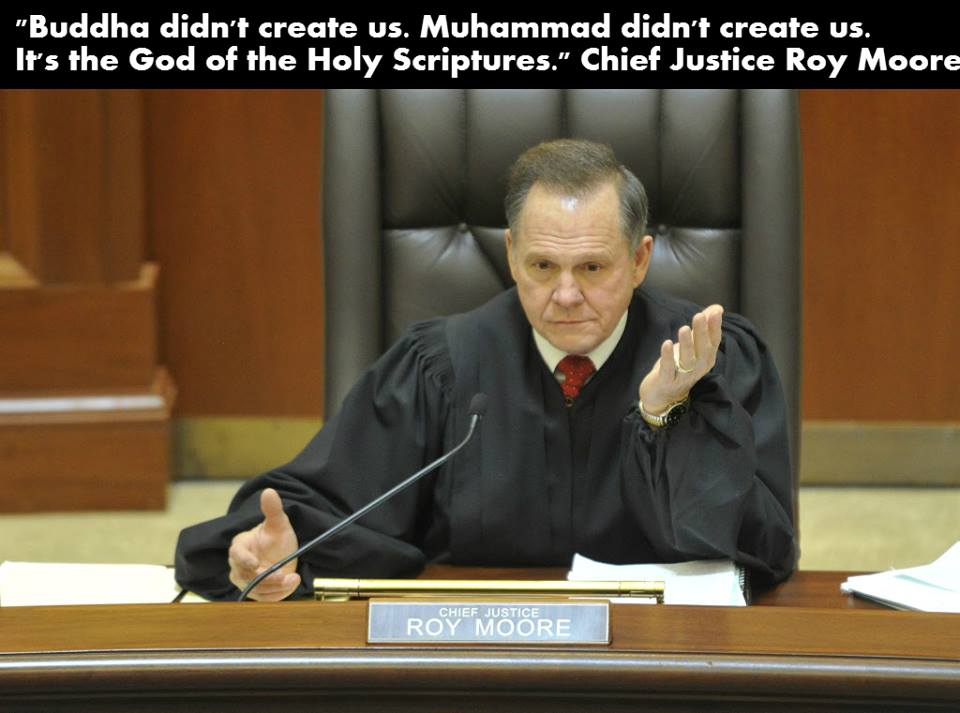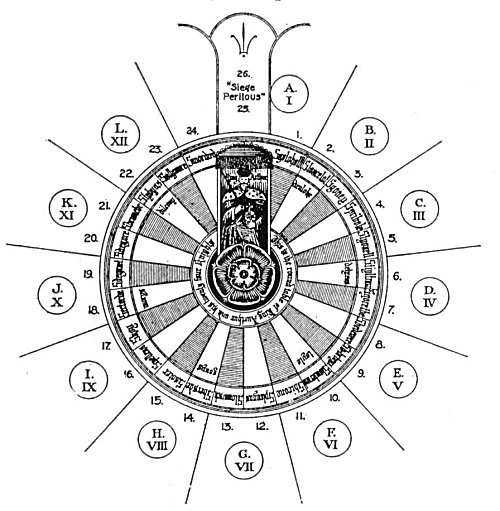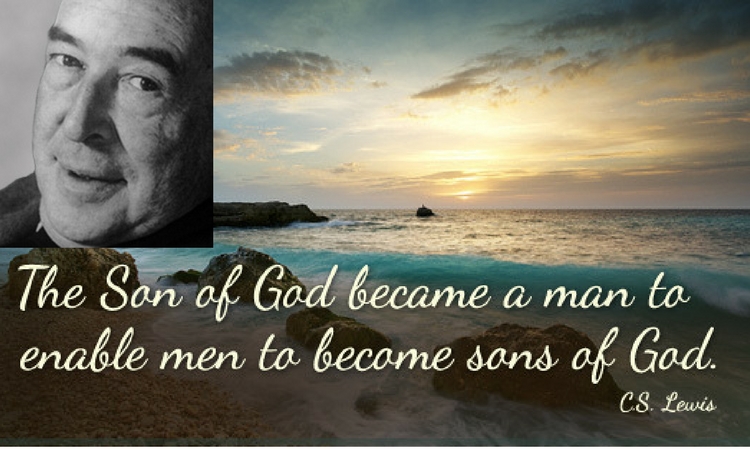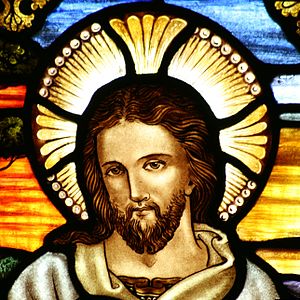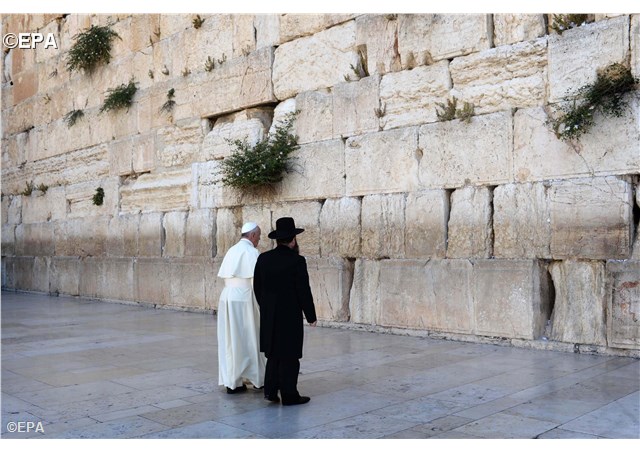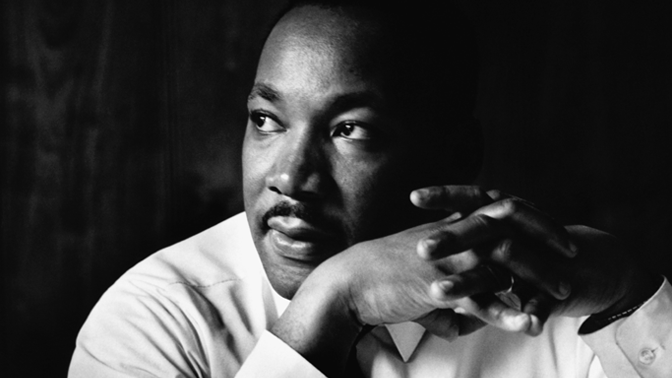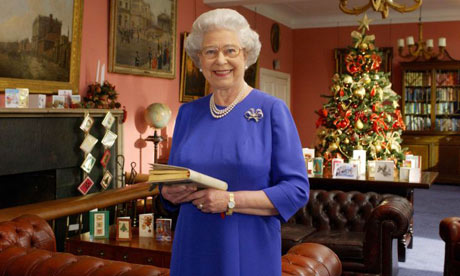“Start onward! bring together all thy members;let not thy limbs be left, nor yet thy body;Thy spirit gone before, now follow after;Wherever it delights thee, go thou thither.. . . . . . . . . . . . . . . . . . . . . .Collect thy body; with its every member;thy limbs with help of rites I fashion for thee. . . . . . . . . . . . . . . . . . . . . . .If some one limb was left behind by Agni,When to thy Fathers’ world he hence conveyed you, That very one I now again supply you;rejoice in heaven with all your limbs, ye Fathers!”
The “body” here referred to is not the physical, but the astral one — a very great distinction, as may be seen.
Again, belief in the individual existence of the immortal spirit of man is shown in the following verses of the Hindu ceremonial of incremation and burial.
“They who within the sphere of earth are stationed,or who are settled now in realms of pleasure,The Fathers who have the earth — the atmosphere — the heaven for their seat,The ‘fore-heaven’ the third heaven is styled,and where the Fathers have their seat.” — (Rig-Veda, x.)
With such majestic views as these people held of God and the immortality of man’s spirit, it is not surprising that a comparison between the
Page 535
Vedic hymns and the narrow, unspiritual Mosaic books should result to the advantage of the former in the mind of every unprejudiced scholar. Even the ethical code of Manu is incomparably higher than that of the Pentateuch of Moses, in the literal meaning of which all the uninitiated scholars of two worlds cannot find a single proof that the ancient Jews believed either in a future life or an immortal spirit in man, or that Moses himself ever taught it. Yet, we have eminent Orientalists who begin to suspect that the “dead letter” conceals something not apparent at first sight. So Professor Whitney tells us that “as we look yet further into the forms of the modern Hindu ceremonial we discover not a little of the same discordance between creed and observance; the one is not explained by the other,” says this great American scholar. He adds: “We are forced to the conclusion either that India derived its system of rites from some foreign source, and practiced them blindly, careless of their true import, or else that those rites are the production of another doctrine of older date, and have maintained themselves in popular usage after the decay of the creed of which they were the original expression.”
This creed has not decayed, and its hidden philosophy, as understood now by the initiated Hindus, is just as it was 10,000 years ago. But can our scholars seriously hope to have it delivered unto them upon their first demand? Or do they still expect to fathom the mysteries of the World-Religion in its popular exoteric rites?
No orthodox Brahmans and Buddhists would deny the Christian incarnation; only, they understand it in their own philosophical way, and how could they deny it? The very corner-stone of their religious system is periodical incarnations of the Deity. Whenever humanity is about merging into materialism and moral degradation, a Supreme Spirit incarnates himself in his creature selected for the purpose. The “Messenger of the Highest” links itself with the duality of matter and soul, and the triad being thus completed by the union of its Crown, a saviour is born, who helps restore humanity to the path of truth and virtue. The early Christian Church, all imbued with Asiatic philosophy, evidently shared the same belief — otherwise it would have neither erected into an article of faith the second advent, nor cunningly invented the fable of Anti-Christ as a precaution against possible future incarnations. Neither could they have imagined that Melchisedek was an avatar of Christ. They had only to turn to the Bagavedgitta to find Christna or Bhagaved saying to Arjuna: “He who follows me is saved by wisdom and even by works. . . . As often as virtue declines in the world, I make myself manifest to save it.“

Moe is the founder of GnosticWarrior.com. He is a father, husband, author, martial arts black belt, and an expert in Gnosticism, the occult, and esotericism.


